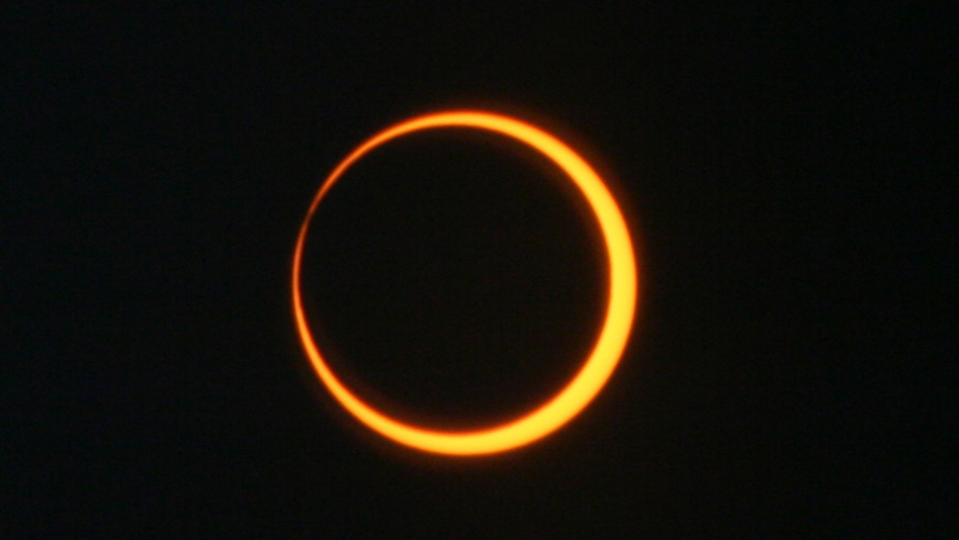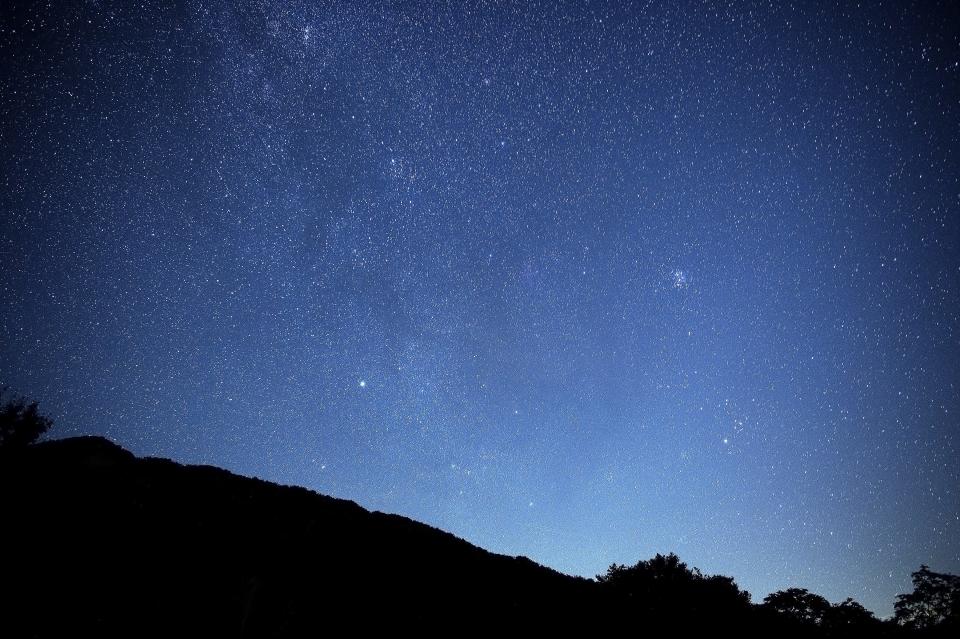'Harvest supermoon' will be visible soon. Then, will we see the solar eclipse in WNC?
If you missed the rare, "super-blue moon" on Aug. 29, you still have one more shot to go stargazing and see a supermoon this year.
There have been three supermoons in 2023 so far — the last will rise later this month. The last supermoon will be visible on Sept. 29, where the moon will reach peak illumination at 5:58 a.m., according to the Farmers Almanac.
A supermoon is when a full moon is visible while the moon is at its closest point in its orbit around Earth — also called the moon's perigee. While the moon will be at its closest on Sept. 27 at 9:06 p.m., the moon will appear full for "three days around this time," starting on Sept. 27 and lasting through the morning of Sept. 30.
The Farmers' Almanac and NASA still consider this moon to be a "supermoon," despite the moon not being at its fullest the night of Sept. 27, as a supermoon can occur "within a day or so of perigee."
The best nights to view the full harvest moon — weather dependent — will be on Sept. 28-29, according to the Astronomy Club of Asheville.
This supermoon coincides with this year's harvest moon. A harvest moon is the full moon closest to the autumnal equinox — when day and night are roughly equal. The autumnal equinox marks the beginning of autumn for the Northern Hemisphere.
This year's autumnal equinox will occur on Sept. 23 at 2:50 a.m. EST, according to the National Weather Service.
The autumnal equinox does not coincide with the beginning of daylight saving time, which will start on Nov. 2.
Harvest moon visible alongside Jupiter, Saturn
At 11:07 p.m. Sept. 26, a waxing gibbous moon will pass just below Saturn in the constellation of Aquarius, according to NASA. Saturn will be visible 3 degrees to the upper right of the moon, visible by its yellowish glow.
On Oct. 1-2, a waning, gibbous harvest moon will be visible alongside Jupiter at around 11:41 p.m., where the gas giant will be visible 3 degrees below the moon, according to astropixels.com.

Will the annular solar eclipse be visible in Asheville?
Yes, but only partially.
An annular solar eclipse will be visible in Asheville and most of North Carolina on Oct. 14, but with only partial visibility, according to NASA.
During the maximum eclipse, the moon is projected to cover 44.9% of the sun's disk for Asheville, according to the Astronomy Club of Asheville. A solar eclipse should not be viewed without proper solar eye protection.
If you are looking to see the full solar eclipse, you might need to book a flight at the Asheville Airport or get some snacks ready for a road-trip.
One of the closest locations one can see the full solar eclipse is in New Braunfels, Texas, which is a nearly 18 hour drive from Asheville. Otherwise, you could book a flight to San Antonio or Santa Fe, two of the largest metro areas that will be within full eclipse.
Solar eclipse tips: NC Highway Patrol gives tips to eclipse viewers
Want to take your kids stargazing? Seeing stars in WNC

Best places to view the moon, stars in Asheville?
While Asheville residents might not see the full eclipse, areas to stargaze are plentiful.
If you are looking to find a place to stargaze here are a few ideas for some beautiful views of the Milky Way:
Take a night drive on the Blue Ridge Parkway to the Mount Pisgah Trailhead to enjoy a more private, free stargazing experience.
Visit Pisgah Astronomical Research Institute in Transylvania County, where you can book a weekend visit or take a day trip to visit the PARI planetarium.
Visit Bare Dark Sky Observatory, where interested stargazers can buy tickets to "moongaze" at moon craters and stargaze through the observatory's 34-inch and 14"-inch scopes.
Additionally, the Astronomy Club of Asheville hosts two free stargazing events every month at the Lookout Observatory, Grassland Mountain Observatory, or another observing site depending on visibility.
While September's stargazing dates have passed, those who are looking to watch fall leaves change and catch a view of the beautiful Asheville night sky can join the club on Oct. 6 and Oct. 13 for public stargazing.
More information is available at https://www.astroasheville.org/star-gazes/.
More: Visiting Our Past: Stargazing at our regional forerunners Guastavino, Blue Yodeler, Masa
Local observatory: New observatory sets sights on community, educational outreach
Will Hofmann is the Growth and Development Reporter for the Asheville Citizen Times, part of the USA Today Network. Got a tip? Email him at WHofmann@citizentimes.com.
This article originally appeared on Asheville Citizen Times: When to see the next 'harvest supermoon' in NC; solar eclipse follows

